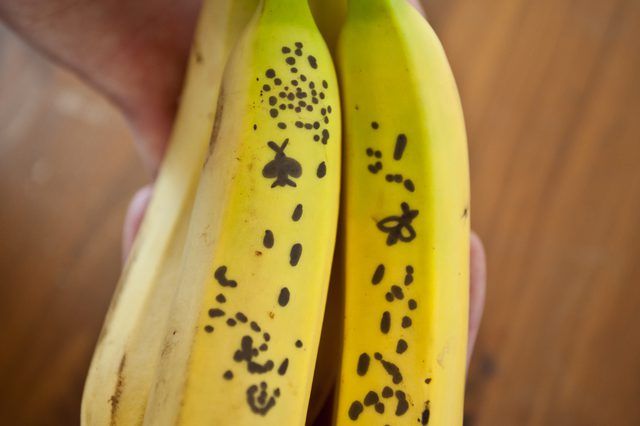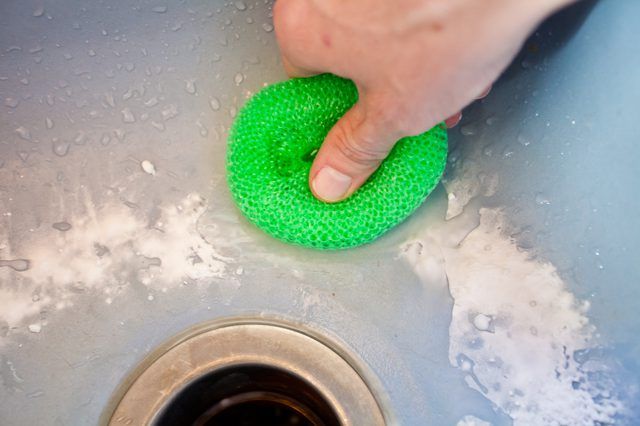Bulbs
Flower Basics
Flower Beds & Specialty Gardens
Flower Garden
Garden Furniture
Garden Gnomes
Garden Seeds
Garden Sheds
Garden Statues
Garden Tools & Supplies
Gardening Basics
Green & Organic
Groundcovers & Vines
Growing Annuals
Growing Basil
Growing Beans
Growing Berries
Growing Blueberries
Growing Cactus
Growing Corn
Growing Cotton
Growing Edibles
Growing Flowers
Growing Garlic
Growing Grapes
Growing Grass
Growing Herbs
Growing Jasmine
Growing Mint
Growing Mushrooms
Orchids
Growing Peanuts
Growing Perennials
Growing Plants
Growing Rosemary
Growing Roses
Growing Strawberries
Growing Sunflowers
Growing Thyme
Growing Tomatoes
Growing Tulips
Growing Vegetables
Herb Basics
Herb Garden
Indoor Growing
Landscaping Basics
Landscaping Patios
Landscaping Plants
Landscaping Shrubs
Landscaping Trees
Landscaping Walks & Pathways
Lawn Basics
Lawn Maintenance
Lawn Mowers
Lawn Ornaments
Lawn Planting
Lawn Tools
Outdoor Growing
Overall Landscape Planning
Pests, Weeds & Problems
Plant Basics
Rock Garden
Rose Garden
Shrubs
Soil
Specialty Gardens
Trees
Vegetable Garden
Yard Maintenance
How to Get Rid of Fruit Flies in the Kitchen
How to Get Rid of Fruit Flies in the Kitchen. Tiny, gnat-like fruit flies (Drosophila melanogaster) hone in on moist, organic materials and fermenting foods, where they rapidly lay an immense number of eggs and invade the kitchen in just a matter of days. Whether invading flies have nested in your fruit bowl or you bring egg-infested produce home...
Tiny, gnat-like fruit flies (Drosophila melanogaster) hone in on moist, organic materials and fermenting foods, where they rapidly lay an immense number of eggs and invade the kitchen in just a matter of days. Whether invading flies have nested in your fruit bowl or you bring egg-infested produce home from the market, you can successfully combat the pests with soap and water, thorough kitchen cleaning and even simple, homemade traps.

Female fruit flies lay eggs on fermenting, sweet or decaying organic matter. These busy insects produce up to 500 eggs, which hatch into larvae and feed at their nesting location for about four days. They then pupate for another four days and emerge as full-fledged adult flies, which can mate and lay eggs about two day's into adulthood. Female fruit flies can mate and lay eggs several time during their 40- to 50-day lifespans. Eliminating breeding grounds and eggs is absolutely central to ridding your kitchen of fruit flies.

Prevention is the simplest and most effective method for controlling fruit flies -- also known as fruit gnats or banana gnats, though they are not gnats. To keep the kitchen fruit-fly-free, clear it of potential breeding grounds, such as over-ripe, rotten or bruised fruits and vegetables, open refuse receptacles, damp cleaning cloths or sponges and used beverage containers. Thoroughly rinse any produce you bring home with clean water, and wash skinned fruit with soap and water. Even mild soap is toxic to fruit fly larvae and eggs. Routinely sanitize your sink drain with dish soap, as this dank area sometimes attracts the insects -- and keep the drain covered to prevent nesting. Closed windows and dense, well-maintained screens prevent outdoor fruit flies from reaching your kitchen. Always refrigerate ripe produce and securely seal fermenting food items.

After disposing of breeding areas -- identifiable by the swarms of flies that surround them -- give your kitchen a thorough wipe-down with dish soap and clean water. Because fruit flies feed only on the surfaces of fruits and vegetables, you can simply cut off and discard the affected parts of infested produce and store the rest in the refrigerator, confident that it contains no larvae. Wash and relocate all produce to the refrigerator to avoid being hospitable to new insects. The lifespan of this pest drops drastically at temperatures below 60 degrees Fahrenheit, and female flies are less likely to lay eggs in chilly conditions. Your fruit fly population should disappear altogether within a few days, as adults die off without reproducing.

Simple homemade traps featuring a paper funnel or perforated plastic sheet placed over a food-baited container quickly and effectively capture adult flies, which you can then release outdoors. Fruit-based vinegar serves as a common bait; it lures the flies due to their keen odor receptors, then drowns them. Add a tiny drop of dish soap to this mix to dissolve surface tension, so the insects will fall straight into the liquid. Store-bought traps mimic this do-it-yourself remedy. For killing on contact, a misting of simple rubbing alcohol on the flyers does the trick, though you should take care to avoid spraying the substance onto exposed food.
